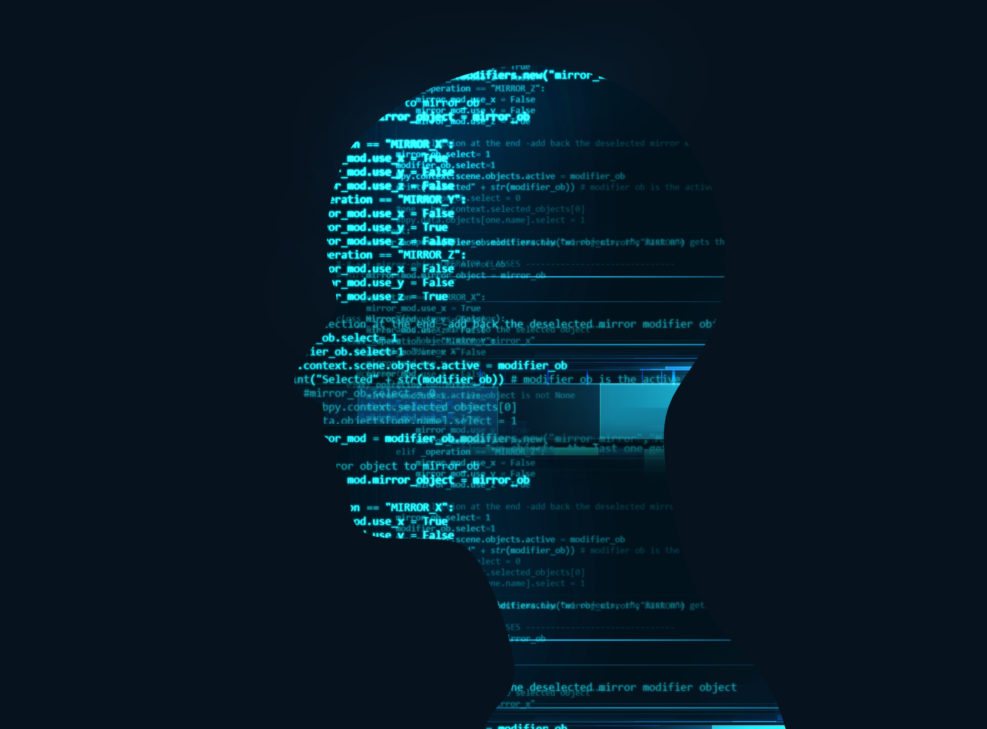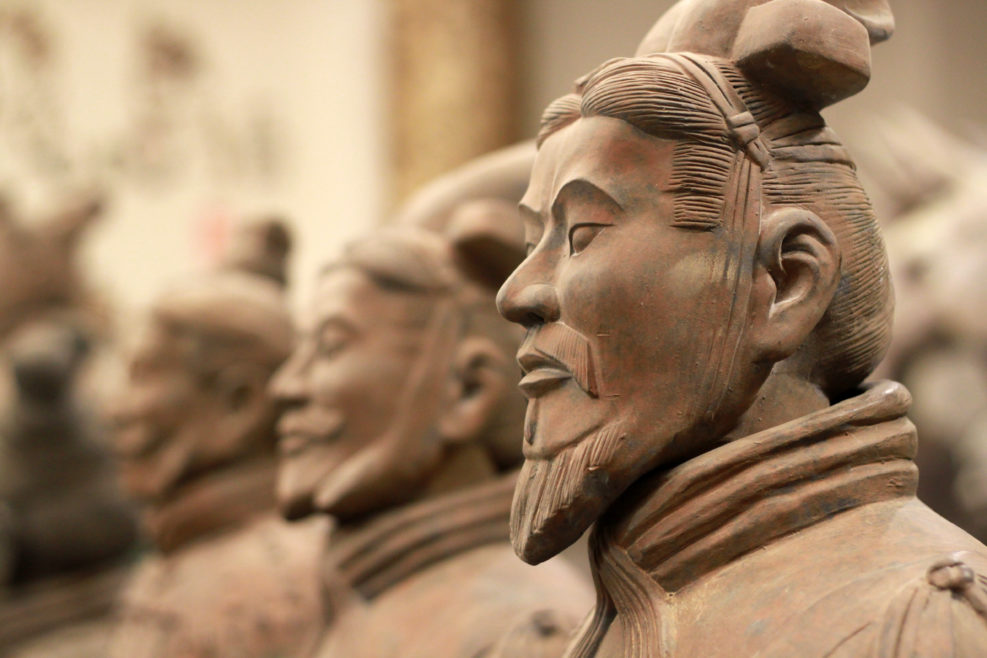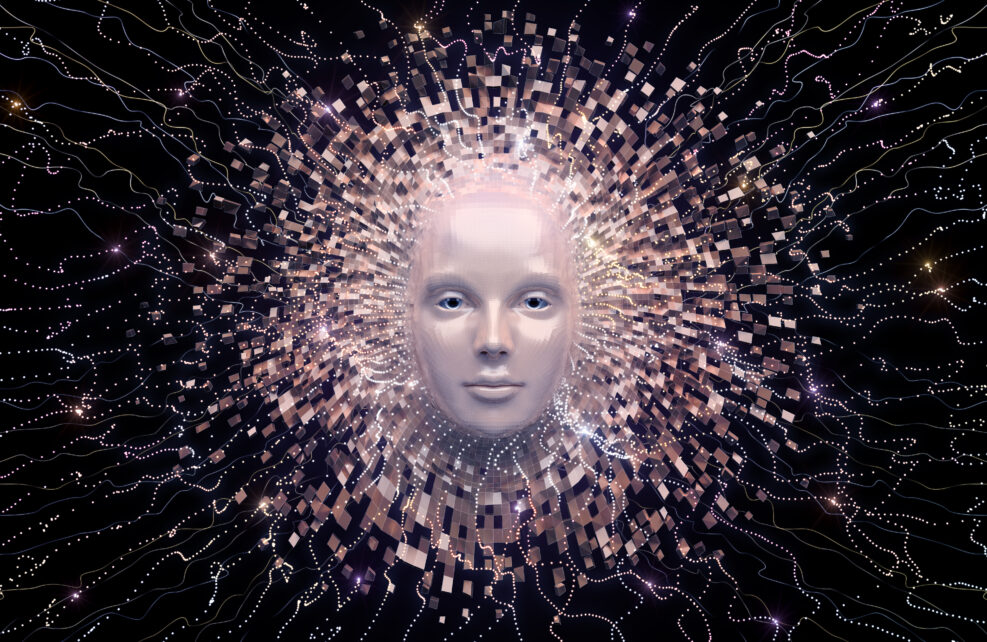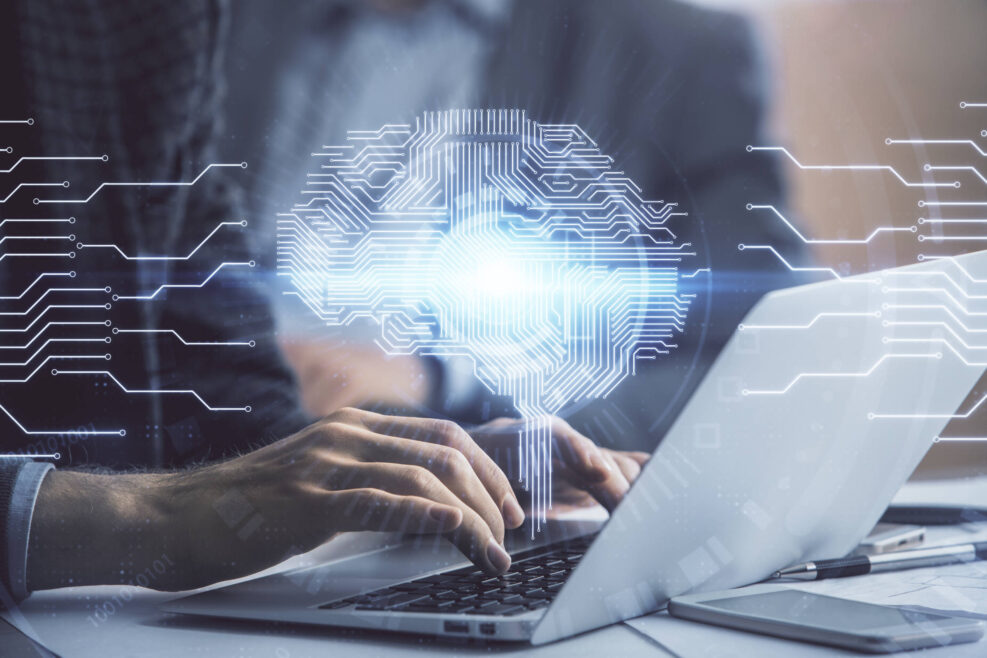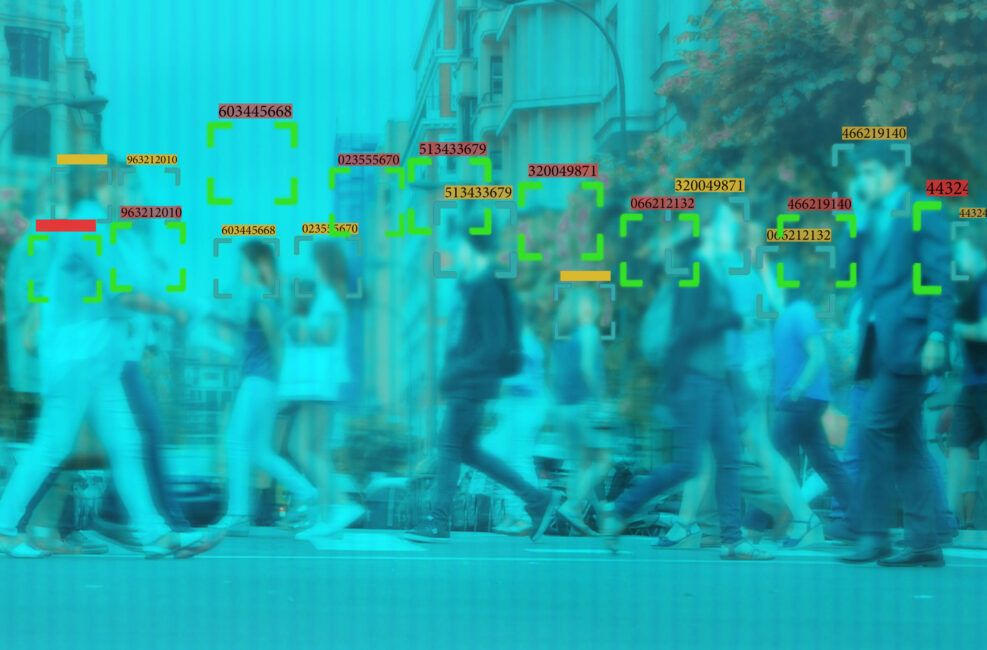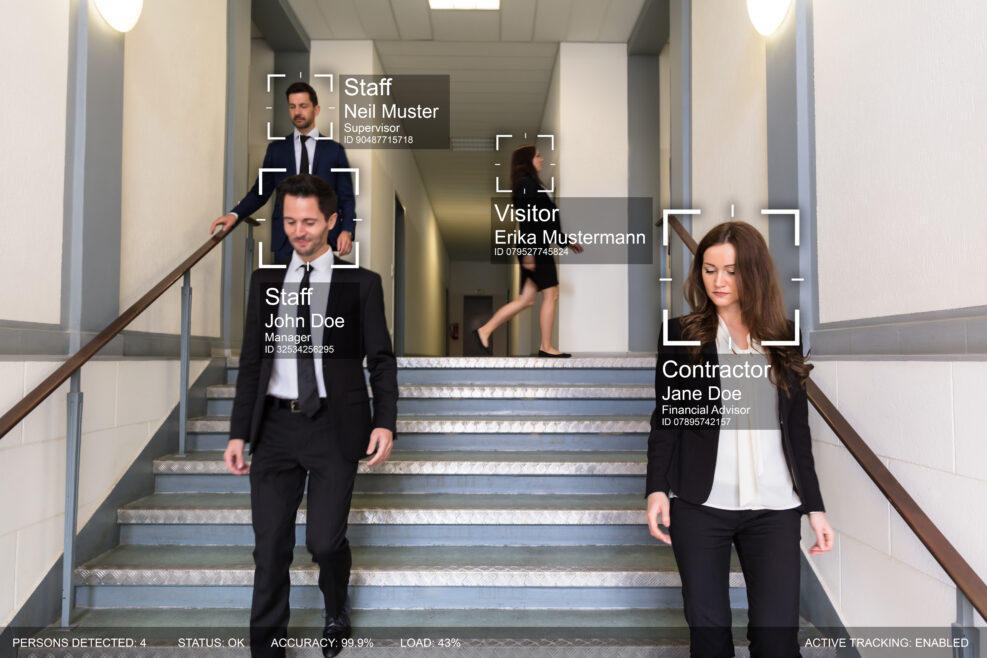
Fool’s Gold: Even AI Successes Can Be Failures
Large doses of data, math, and computing power do not make a computer intelligentI recently read this enthusiastic claim by a professional data miner: Twitter is a goldmine of data…. [T]erabytes of data, combined together with complex mathematical models and boisterous computing power, can create insights human beings aren’t capable of producing. The value that big data Analytics provides to a business is intangible and surpassing human capabilities each and every day. Anthony Sistilli, “Twitter Data Mining: A Guide to Big Data Analytics Using Python” at Toptal I was struck by how easily he assumes that large doses of data, math, and computing power make computers smarter than humans. He is hardly alone, but he is badly mistaken. Computer algorithms are really, really good at making mathematical calculations and identifying statistical patterns (what Turing winner Judea Pearl calls “just curve Read More ›
